Top 5 UNESCO World Heritage Sites in Australia
Travelers going to Australia will want to expose themselves to the heritage sites in the continent. The huge bulk of the 18 sites in Australia are mostly natural, making them ideal destinations for those looking for an adventure with mother nature. Here are the Top Five Australian UNESCO World Heritage Sites to watch out for.
Great Barrier Reef
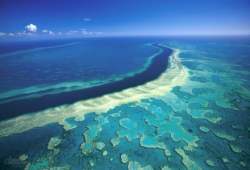
Declared a UNESCO World Heritage Site in 1981, the Great Barrier Reef is known as the world’s biggest reef system. This is found at the north east part of Australia, and is made up of over 3,000 individual reefs situated around 900 islands.
Having been enlisted as a world heritage site, the Great Barrier Reef becomes a safe haven for all sea life that live therein, protected by UNESCO from any human activity that might destroy it.
Tasmanian Wilderness
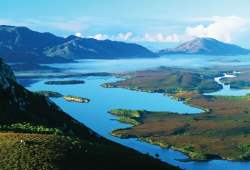
Tasmania is often overlooked by many travelers in Australia, but the region is where the largest conservation area in Australia can be found. A vast collection of limestone caves can be found here, indicating aboriginal settlement as far as 20,000 years back. Some of the notable parts of the Tasmanian Wilderness are the Wild Rivers National Park, Mole Creek Karst National Park, Southwest National Park, Cradle Mountain Lake St. Clair National Park, and so many others.
This site, which covers almost 20% of Tasmania, was enlisted a UNESCO World Heritage Site in 1982.
Blue Mountains
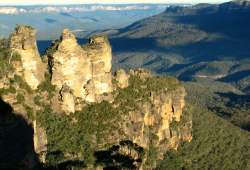
In South Wales, just a bit beyond Sydney, are the Greater Blue Mountains, a UNESCO World Heritage Site since the year 2000. The mountain range got its name because of the bluish color it normally has. The color is due to the evaporation of Eucalyptus oils that are native to the mountains. In fact, it is because of this Eucalyptus vegetation that UNESCO added this area to the list.
Being home to various species of eucalyptus as well as many endangered species, the area had to be preserved.
Uluru-Kata Tjuta National Park
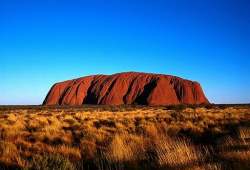
The native name of the National Park makes it sound so unfamiliar, but this is actually the Ayers Rock. The name originated from the Uluru and Kata Tjuta areas. In fact, it was called the Uluru National Park when it was enlisted as a UNESCO World Heritage Site in 1987, but the official name was changed to its present name in 1993.
What made this National Park so special was not only its beautiful cultural landscape, but the fact that it is deemed sacred by the aboriginal people of the region as well.
Fraser Island
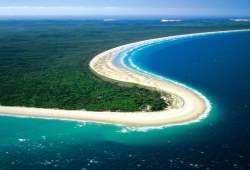
Home to a wide range of vegetation and rainforests, Fraser Island was enlisted a UNESCO World Heritage Site in 1992. It is known as the largest sand island in the world, a natural formation that took 750,000 years of accumulation. It is also the only place where a rainforest actually thrives on sand, with trees growing on sand dunes that go as high as 200 meters.
It has a beach that stretches out to 75 miles, making it the best beach and fishing spot in the world.
















